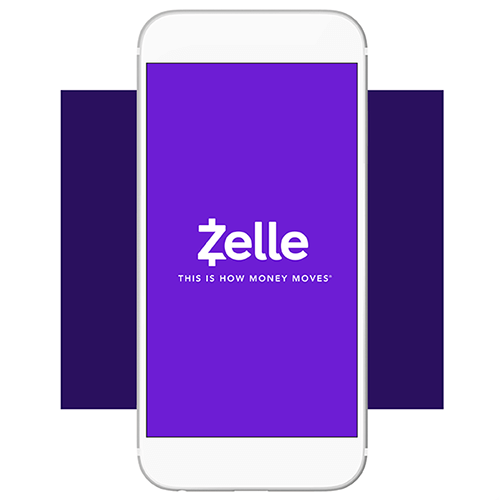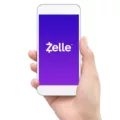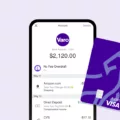Zelle is a digital payment platform that allows users to send and receive money from their bank accounts, without having to use cash or checks. The platform is available to use through participating banks, and it is known for its convenience and simplicity.
One of the most frequently asked questions about Zelle is how much does it cost to use the platform? The good news is that Zelle does not charge its users any fees to send or receive money. This means that if you are using Zelle to pay a friend, family member, or business, you will not have to worry about any additional fees.
However, it is important to note that some banks may charge a fee for using Zelle. For example, if you are sending money from a bank account that is not participating in the Zelle network, your bank may charge you a fee for the transaction. Similarly, if you are receiving money from a bank account that is not part of the Zelle network, your bank may charge you a fee to accept the payment.
Another factor to consider when using Zelle is the transaction limits. Zelle limits its users to sending approximately $1,000 a week, or up to $5,000 a month. This means that if you need to send larger amounts of money, you may need to use a different payment method.
In terms of security, Zelle is known for its high level of protection. The platform uses encryption and other security measures to ensure that user data and transactions are safe and secure.
Zelle is a convenient and cost-effective way to send and receive money from your bank account. While the platform itself does not charge any fees, it is important to be aware of any potential fees that may be charged by your bank. Additionally, it is important to keep in mind the transaction limits when using Zelle. Zelle is a great option for anyone looking for a fast and secure way to transfer money online.

Can I Send $5,000 Through Zelle?
You can send up to $5,000 a month through Zelle. However, it’s important to note that Zelle limits its users to sending approximately $1,000 a week. So, if you plan to send $5,000 in one transaction, you may need to split it up into multiple transactions over the course of the month. It’s also important to keep in mind that the specific limits for Zelle may vary depending on your bank or credit union, so it’s always a good idea to check with your financial institution for more information.
How Does Zelle Generate Revenue?
Zelle generates revenue by providing a payment processing platform to participating banks. Whenever a user initiates a payment transaction through Zelle, the banks involved in the transaction earn revenue. Zelle doesn’t have an independent revenue stream as of now, and its business model centers around partnerships with banks. The platform doesn’t charge any fees to its users for making transactions, and the participating banks handle the payment processing and other related services. Zelle’s payment processing platform allows for fast and secure transfers, and it has become increasingly popular among users due to its ease of use and convenience. Zelle makes money by providing a payment processing platform to banks, which earn revenue whenever users utilize the platform to make transactions.
Conclusion
Zelle is a convenient and efficient money transfer service that allows users to send and receive money quickly and easily. With its partnership with numerous banks, Zelle provides a safe and secure way to transfer funds without the need for cash or checks. However, it is important to note that Zelle has certain limitations, such as the weekly and monthly transfer limits. Additionally, the company does not have an independent revenue stream but earns money through its partnership with banks. Zelle is a great option for anyone looking for a hassle-free way to transfer funds.







